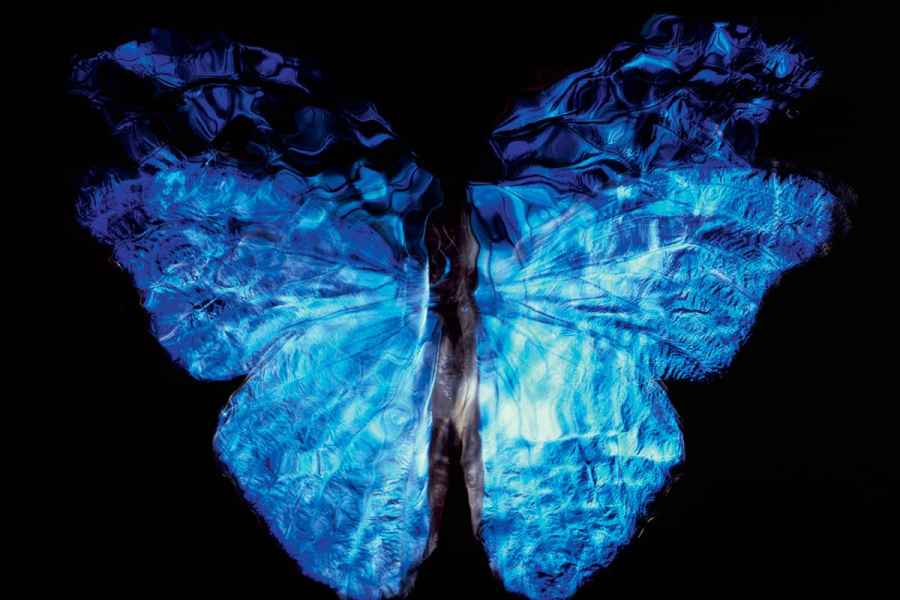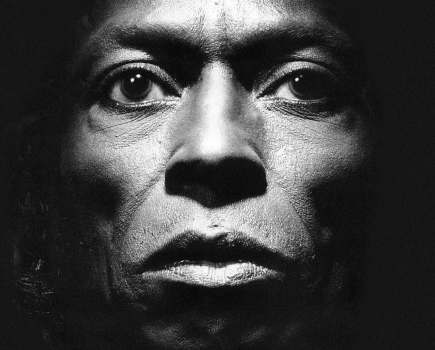
Picture credit: Alexander James
This image is taken from the series ‘Transparency of a Dream’, where I placed butterflies underwater and photographed them suspended in a dream-like state. When removed from the water they were unharmed. I was inspired to do this project when I was working in Moscow and found out that my estranged father had died and been buried for two years before I’d known about it.
It was this knowledge that triggered the idea of photographing generations of butterflies and was a project that would take two years of my life to complete.
Breeding butterflies
In order to create this surreal sensation of butterfly descendants dancing with one another – something that never occurs in nature – I had the idea of layering generation upon generation of butterflies within a single transparency. This required me to breed several generations of butterflies over two years.
Starting with a parent butterfly specimen, I captured the original scene on a Sinar 10x8in plate camera, loaded with a single sheet of film. In order to create the effect of the butterfly being suspended in a dreamlike state, in my studio I used a highly scientific process to place the butterfly in a temperature-controlled coma – something that occurs in the wild. I then placed the butterfly in a specially devised tank of cooled water.
The butterfly is tied with a piece of black silk thread and the water gently moves: it is this arrangement that gives the illusion of them dreaming and dancing as they move with the motion of the water.
Capturing the scene required lighting that was handmade in the studio. A butterfly’s wing is made up of thousands of light prisms. If you fire a flash directly at them they just reflect white light. However, the water neutralises these prisms, allowing their full colour depth and luminosity to shine through.

Alexander holds an 8x10in film plate
Painting in light
Because of the complexity of the situation, I had to create lighting from aviation-grade aluminium that is very specific to this type of underwater set-up, and which I have been perfecting for 30 years.
The surface of the water can create a great deal of tension of movement, so the lighting is designed and directed to specifically catch these deviations in liquid mechanics. These movements catch and refract the light onto the subject, which is where the painterly quality of my work comes from: I am literally painting the subject in light.
Overlaying generations
Once the initial parent butterflies had been photographed, the plates were annotated and stored for several months until their offspring were born.
I went through four full cycles of breeding descendants of butterflies. These were then re-shot over the top of the original plates in the same manner, overlaying mother with daughter, father with son and so on.
It was very challenging and of course, had I wanted to, I could just have used some kind of post-production manipulation that I would be able to repeat. However, to me that would be horrific as the pictures would no longer be unique. This is why I have produced each plate only as a single-edition print.
This reverses the usual parameters of photographic works. I have taken the painterly quality of my work into the realms of traditional painting. For this reason, each butterfly piece exists only as a piece of 8x10in acetate and one, single-edition, 160x160cm print.
For more information on Alexander and his work see here.







